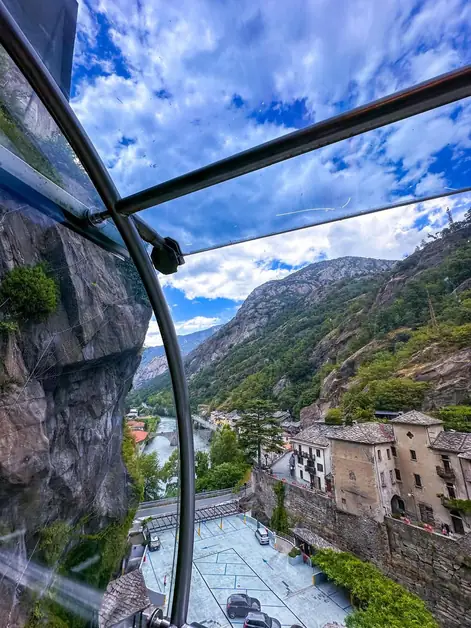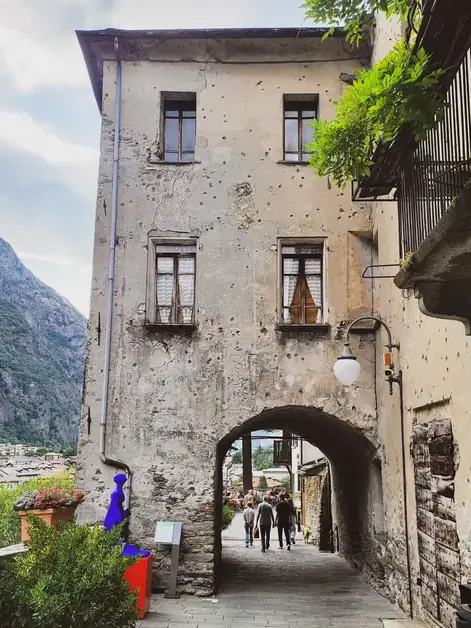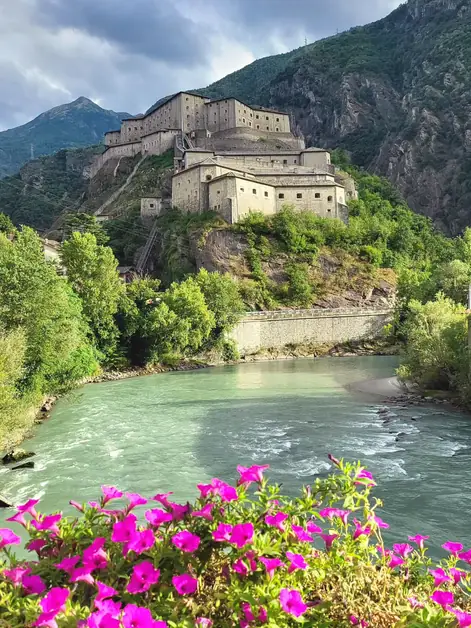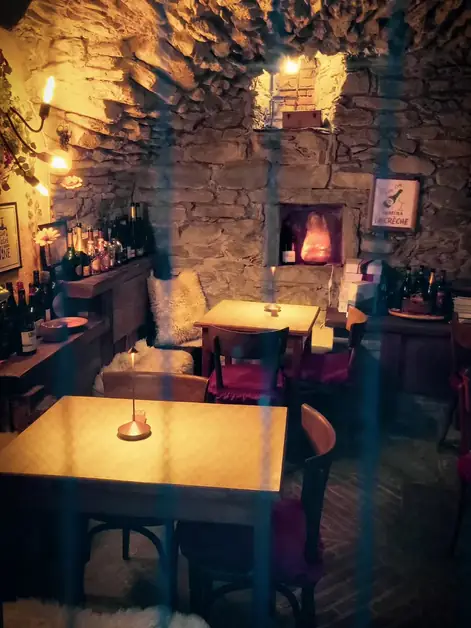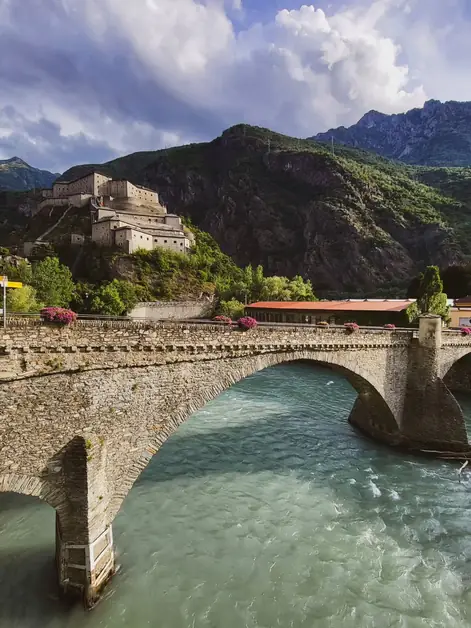An exciting journey through wine and history in Aosta Valley
An exciting journey through wine, archaeology, and devotion in Aosta Valley.
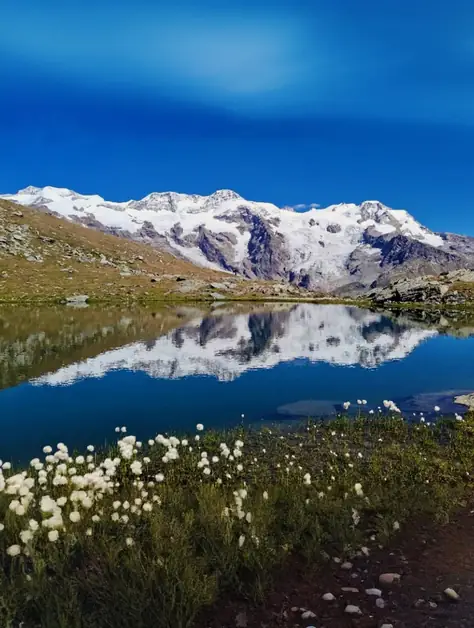
What is the first stop on my journey in Aosta Valley?
The first stop was in Morgex, between 1,200 and 1,600 meters above sea level, where the Cave Mont Blanc winery is located, famous for the Prié Blanc grape, one of the highest in Europe.
Getting there by car is easy; the Morgex exit on the highway is nearby, and there is parking just outside the winery. Public transport is also a convenient alternative, with trains or buses from Aosta to Morgex.
I let myself be guided by the explanations of how the Blanc de Morgex et de La Salle DOC is born, fresh and mineral, and I also tasted a classic method sparkling wine and the rare Chaudelune Vin de Glace, harvested under the snow.
Walking among the terraced vineyards, I felt the bond between land, climate, and ancient knowledge, while the view stretched towards Courmayeur and Mont Blanc.
What did I find at the MegaMuseo in Aosta?
Then I changed pace and headed to the MegaMuseo, near the Saint-Martin-de-Corléans district, about ten minutes on foot from the center of Aosta.
Walking along the walkways above the archaeological areas was like observing a silent story: ritual furrows, sacred wells, anthropomorphic stelae, Bronze and Iron Age burials.
The multimedia panels and immersive rooms brought to life the history of ancient communities that lived in symbiosis with nature and the sacred. I dedicated a good hour to lingering on every detail, enchanted by how time unfolded before my eyes.
What is the experience like in the Chamousira Gold Mine?
Afterward, I climbed towards Brusson and reached the Chamousira gold mine, active from 1899 until the 1980s.
The entrance is hidden among the woods; the parking lot in front is small, and in high season it’s better to leave the car in town and walk.
With the guide, I descended into the illuminated tunnels, where every wall and every tool told the names, hands, toil, and breath of the miners. The slight chill, even in summer, added depth to the experience.
For a whole hour, I listened to stories of toil and hope, immersing myself in a world that seemed distant but was all around me.
What did I discover in the Saint Léger Crypt?
Finally, I went to Saint Léger, a fraction of Aymavilles, where I discovered a small Romanesque crypt from the 11th century, adjacent to the ancient parish church.
Getting there from Aosta was a short but relaxing journey, through vineyards and mountains. I parked near the church and went down a few steps, entering a collected and ancient atmosphere.
Inside, the ribbed vaults and carved capitals have survived the test of time, along with remnants of medieval frescoes emerging in a soft light. I spent twenty or thirty minutes observing every detail, allowing the harmony between history and landscape to become a slow and personal moment.
What is the significance of this journey?
This journey took me from high-altitude vineyards to rooms that hold five thousand years of history, from underground mines to a silent crypt. I alternated scents of wine, ancient stones, mining toil, and medieval faith. And each step had its own rhythm, a different breath.
